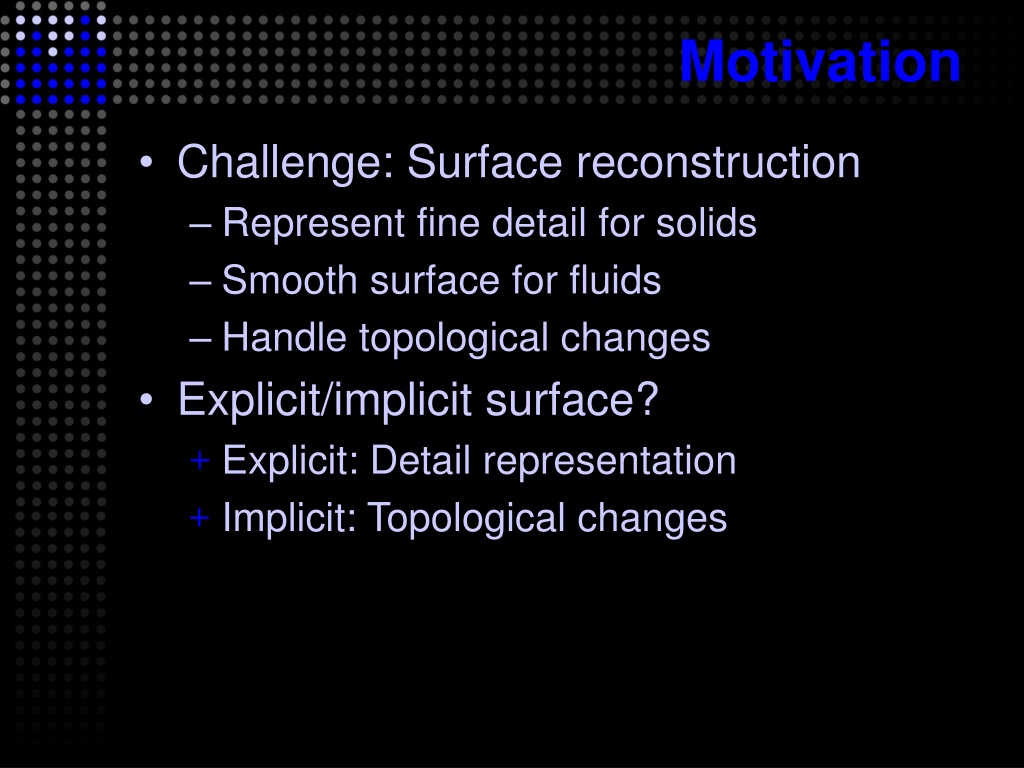

A simple regularly shaped local domain can be used. The most important contribution of the MLPG method is the idea of using a local weak form that needs to be integrated over only a local domain. The MLPG method uses a moving least squares (MLS) approximation to construct the shape functions. In order to alleviate the global integration background mesh, a group of so called “truly” meshless methods based on local concept are proposed and developed.Ītluri and his co-workers ( Atluri et al., 1999) proposed a “truly” meshless method called the meshless local Petrov-Galerkin (MLPG) method. The requirement of background cells for integration makes the method not “truly” meshless. Most of meshless methods, however, have to use background cells to integrate a weak form over the entire problem domain. Some meshless methods have been proposed and achieved remarkable progress. Meshless methods have become recently an attractive alternative for problems in computational mechanics. Gu, in Computational Mechanics–New Frontiers for the New Millennium, 2001 INTRODUCTION Intensive and rigorous research in the field will make MMs robust enough to be used by industry. MMs can be considered as mainstream numerical methods able to tackle demanding engineering applications. The applicability of the methods in multiscale problems and their inherent parallelization will be depicted through various applications, along with their advantages over the traditional mesh-based numerical methods. Strong and weak formulations will be presented, focusing on the novel interpolation schemes such as modified moving least squares and discretization correction particle strength exchange method, along with the meshless total Lagrangian explicit dynamics method. In this chapter we are going to give an overview of applications, advantages, and disadvantages of various MMs developed and applied in the context of computational biomechanics. In MMs the spatial domain is represented by a set of nodes (cloud of points) and not discretized by elements as in most of the mesh-based methods (finite difference method, finite element method, finite volume method) consequently, there is no need for predefined connectivity between the nodes. Meshless methods (MMs) were introduced in the late 1970s to solve problems in astrophysics. Miller, in Numerical Methods and Advanced Simulation in Biomechanics and Biological Processes, 2018 Abstract


 0 kommentar(er)
0 kommentar(er)
